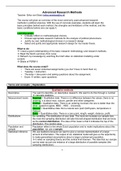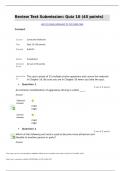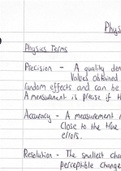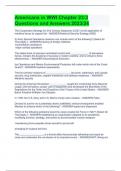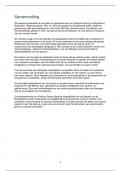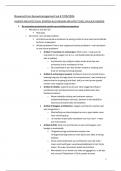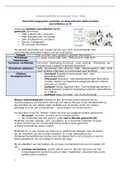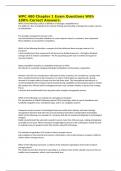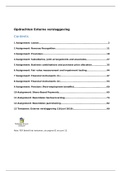College aantekeningen
Getranscribeerde collegeaantekeningen + verbeterde antwoorden assignments (172 pagina's!!)
- Instelling
- Radboud Universiteit Nijmegen (RU)
In dit bestand kan de lezer zeer uitgebreide collegeaantekeningen vinden die bijna woord voor woord overeen komen met de colleges. Daarnaast heb ik de antwoorden van de assignments ook opgenomen in mijn college aantekeningen (groen is het antwoord van de docent). Hiermee heb ik het tentamen ruimsch...
[Meer zien]
